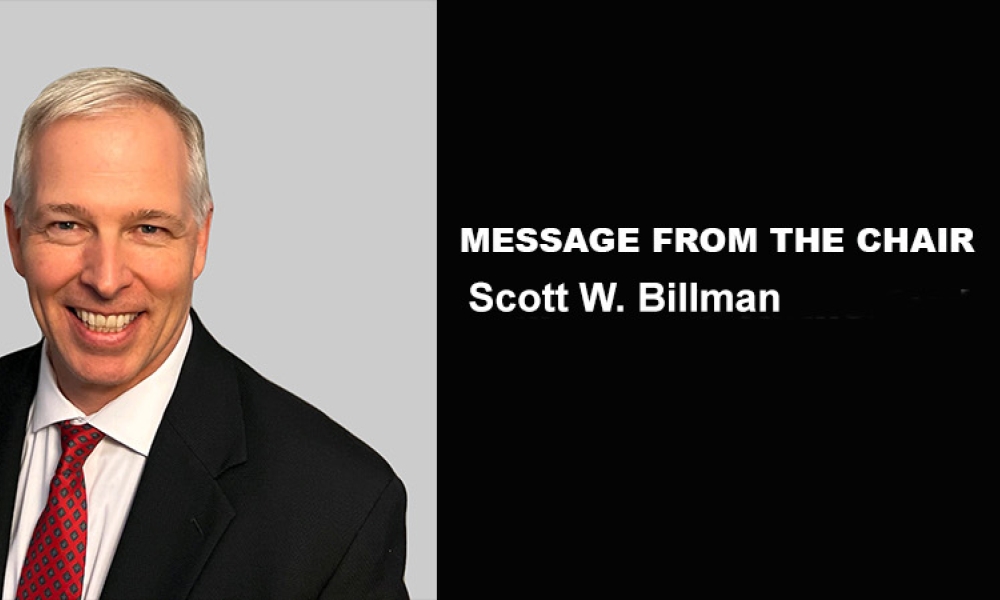Epigenetics in Diseases of Aging

A vibrant avenue of research and drug development has opened up with the discovery that epigenetic changes affect gene expression, alter cellular development, and can lead to disease. Epigenetics are chemical modifications that affect gene expression, such as cytosine methylation of DNA, and acetylation and methylation of the histone proteins that package DNA. These processes are important to the development of cell types and, while epigenetic modifications do not alter the cell’s underlying nucleotide sequence, the changes can persist for generations.
According to Jean-Pierre Issa, MD, an expert in the field, most diseases of the elderly probably have an epigenetic component. Issa studies myelodysplastic syndrome (MDS), a group of blood diseases that predominantly affect people over 65 in which bone marrow can become almost completely filled with cancerous cells. The cause has not been determined, but exposure to agents that damage DNA—radiation, benzene, long-term exposure to pesticides, and some chemotherapies—are known risk factors.
There are four FDA-approved epigenetic therapies. One class inhibits enzymes that modify histones and includes romidepsin and vorinostat, which are used in the treatment of cutaneous T-cell lymphoma. The other class interferes with the function of DNA methyltransferases (DNMT) and includes decitabine, a hypomethylation tumor therapy approved in 2006 for the treatment of MDS, and azacitidine, a treatment for MDS and other blood cancers.
Transparency Market Research pegs the market value of epigenetic drugs and diagnostic technologies at $5.7 billion by 2018.1 Among companies keen on moving into epigenetic therapies, Merck will invest as much as $515 million on the development and commercialization of these drugs.2
Issa, director of the Fels Institute for Cancer Research and Molecular Biology at Temple University in Philadelphia, outlines the challenges for the development of these novel drugs: “There is no one magic bullet,” he said. “Some epigenetic drugs have broad activity, affecting a thousand or ten thousand genes, while others have a narrow effect on only a hundred. Each drug may not work in the same disease or in the same way as another one.”
Designing clinical trials to test these agents is also a challenge since they don’t work the same way as chemotherapy, which uses toxins to kill as many cancerous cells as possible, and the effects of epigenetic drugs may take a long time to show up.
Cell type and function rely on epigenetics, and changing modifications on DNA or histones can alter cellular identity. While most of the genes affected by DNMT inhibitors are abnormally methylated—and those are the ones you want to target—off-target effects are a concern. While normal cells usually return to their previous epigenetic pattern after they’ve been exposed to epigenetic drugs, there is evidence from animal models that changing epigenetic modifications can lead to new cancers.
These off-target effects might also have benefits, however. “Epigenetic drugs can sensitize patients to immunotherapy or chemotherapy,” Issa said. One thought is that the drugs trigger an inflammatory response by activating endogenous retroviruses that are normally kept inactive by DNA methylation. “Activation of these genes may be one of the ways these drugs work to complement cancer therapies. While this is promising, it might not be a universal property of all epigenetic drugs, which means we have to find out which drugs sensitize cells to a particular therapy. We also have to watch for autoimmunity, which is one of the concerns with chronic hypomethylation.”
There are likely more drugs in use that have epigenetic properties than the four approved by the FDA. At least one traditional Chinese medicine might work because it’s an epigenetic drug. “Arsenic trioxide was discovered serendipitously centuries ago and works well in some forms of leukemia,” Issa said. It is currently available as the FDA-approved Trisenox, manufactured by Teva. “It’s possible that we’ve been using epigenetic therapies for hundreds of years without knowing it.”
Issa’s group has found that cardiac glycosides—sodium-potassium pump inhibitors—have prominent epigenetic activity, and valproic acid, an anti-seizure medication that has been used in children for decades, has weak histone deacetylase inhibitor activity that may be responsible for its efficacy.
As people age, accumulated epigenetic changes accompany the onset of cancers, Alzheimer’s disease, and respiratory conditions. Issa’s team is particularly interested in type 2 diabetes, another age-related disorder. AstraZeneca and MRC Technology are collaborating to find epigenetic candidates for chronic obstructive pulmonary disease and asthma,3 while Oryzon has five drug candidates in clinical trials, including ORY-2001, a potent and highly selective dual LSD1-MAOB inhibitor for the treatment of Alzheimer’s disease, Huntington’s chorea, multiple sclerosis, and some forms of cancer.4 ,5
“There’s likely some degree of epigenetic deregulation in all aging diseases,” Issa said. “There are still many challenges ahead of us, but epigenetic therapies are a rich and promising area of drug development.”
- 1MedGadget. “Epigenetics Drugs and Diagnostic Technologies Market to Account for $5.7 Billion by 2018.” 14 July 2016. http://www.medgadget.com/2016/07/epigenetics-drugs-and-diagnostic-technologies-marketto-account-for-us5-7-bn-by-2018.html
- 2Garde, D. “Merck Bets Up to $515M on an Epigenetic Project for Cancer and Blood Disease.” FierceBiotech. 28 January 2016. http://www.fiercebiotech.com/partnering/merck-bets-up-to-515m-onan-epigenetic-project-for-cancer-and-blooddisease?mkt_tok=3RkMMJWWfF9wsRoku63Ac%2B/hmjTEU5z16u0vW6Oxh5l41El3fuXBP2XqjvpVQcFqMr/LRw8FHZNpywVWM8TILtkUt9hsLQziDW0%3D&utm_medium=nl&utm_source=internal
- 3MRC website. Epigenetic Drugs http://science.mrctechnology.org/drugdiscovery/call-for-targetsrespiratory/
- 4Oryzon. “Therapeutic Programs: Our Pipeline.” https://www.oryzon.com/en/therapeutic-programs/ourpipeline
- 5BioNap, Inc. “Oryzon’s Pipeline Taking Shape.” 20 March 2017. https://www.oryzon.com/sites/default/files/Oryzon’s%20Pipeline%20Taking%20Shape%20-%20March%202017_BioNap.pdf



